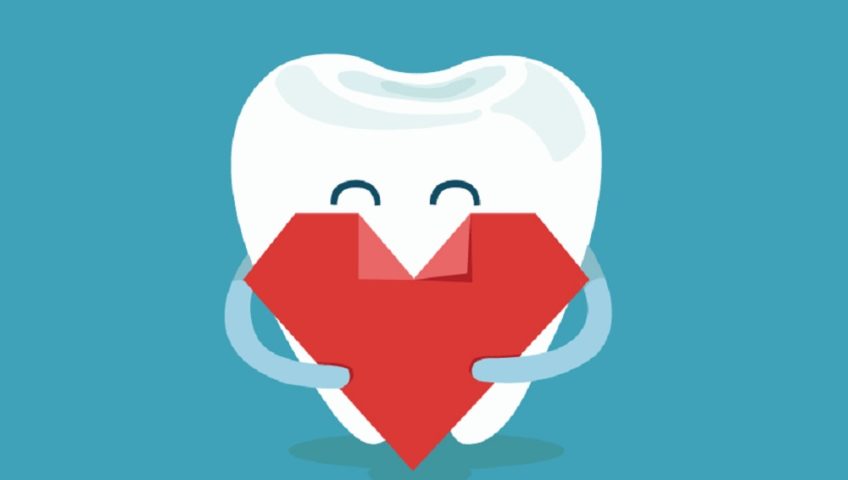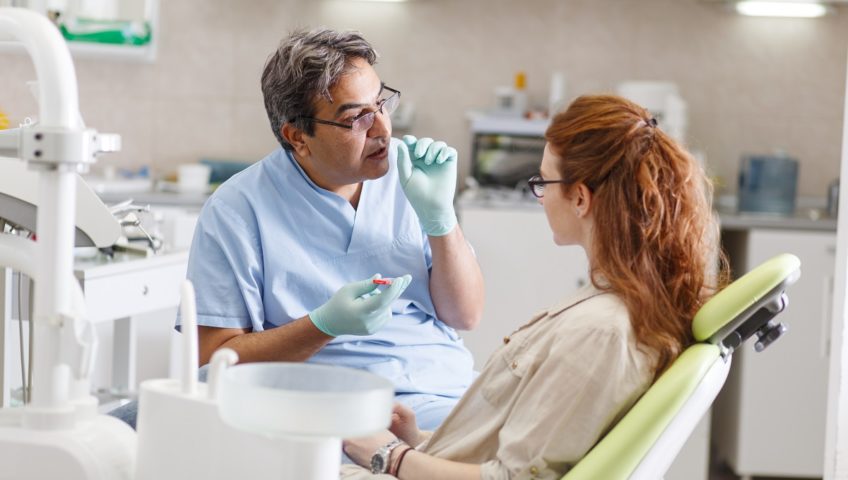
Gum Disease and Women’s Health: A Consideration for a Lifetime
While dental professionals consider gum disease to be an epidemic among adults in general, the struggle between gum disease and women’s health is particularly noteworthy because of the various unique ways periodontal disease can impact female health.
Hormones & gum disease
Increases in hormones due to pregnancy or the use of oral contraceptives can make women more sensitive to plaque and bacteria in the mouth and accelerate the progression of gum disease. Even a standard menstrual cycle or the onset of puberty – when there are increased levels of progesterone and estrogen in the body – can cause a heightened response to bacteria that can impact your oral health if left untreated.[1][2] Pregnant women with gum disease run the risk of passing along the burden to their children, with preterm, low weight babies and even stillbirth linked to untreated cases.[8]









